Response to Australia's current COVID-19 outbreak explained in five words
Despite active case numbers being higher than ever, Australia’s response is very different than before. Experts explain what’s changed.
The new Omicron subvariants BA. 4 and BA. 5 are spreading through all Australian states and territories with total Covid hopsitalisations reaching more than 5300 today.
There are more active cases today than the total number of cases recorded in all of 2020. On Friday, Australia recorded over 350,000 active cases across the country, while less than 28,500 total cases were recorded in 2020.
Despite this, mask mandates and lockdown orders predicted to be reinstated just months ago are now words nobody wants to say.
Health professionals are calling for more to be done, but it appears there’s been a big shift in how governments and the public want to approach this new wave – so what’s changed?
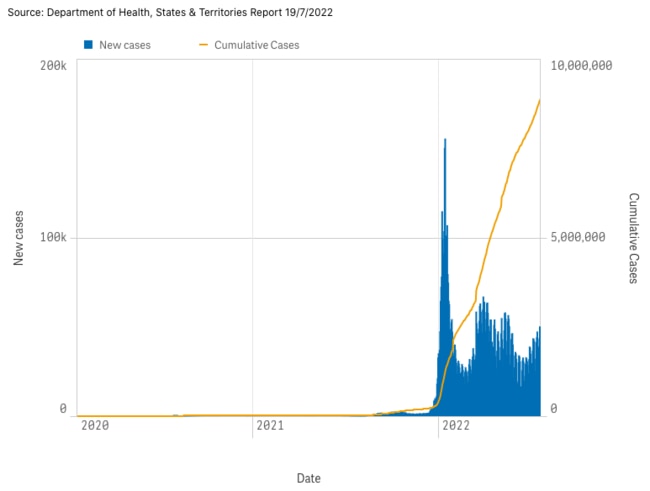
Five words explain it all
Australian National University (ANU) pathologist Professor Peter Collignon sums up the reluctance to bring back measures to stop the spread of Covid with a question: “When would you ever stop?”
With cases growing and hospitals overtaken with Covid patients, many people are wondering if we will have another lockdown, but Prof Collignon told news.com.au he didn’t think further mandates and regulations would help. Instead, we need to adapt to the new Covid climate.
“To have severe restrictions and lockdowns would be unreasonable at this stage … when would you ever stop?” he said.
While many Australians are eager to return to the freedom and unregulated way of living they enjoyed in pre-Covid 2019, health professionals like Prof Collignon are adamant that “we have to change our mindset”.
“It’s not going to go away and we have to keep on adapting,” he said.
Winter chill
University of South Australia epidemiologist Professor Adrian Esterman said while the new variants are not necessarily more severe, the rising hospitalisation rates that have accompanied their emergence have led to “a dire situation”.
Prof Esterman explained Australia’s cold winter climate has a strong influence on this wave’s severity. Winter causes an increase in the number of people admitted to hospitals for other conditions, such as respiratory or heart conditions. Covid spreading through busy hospitals can then spark further diagnoses and reported cases.
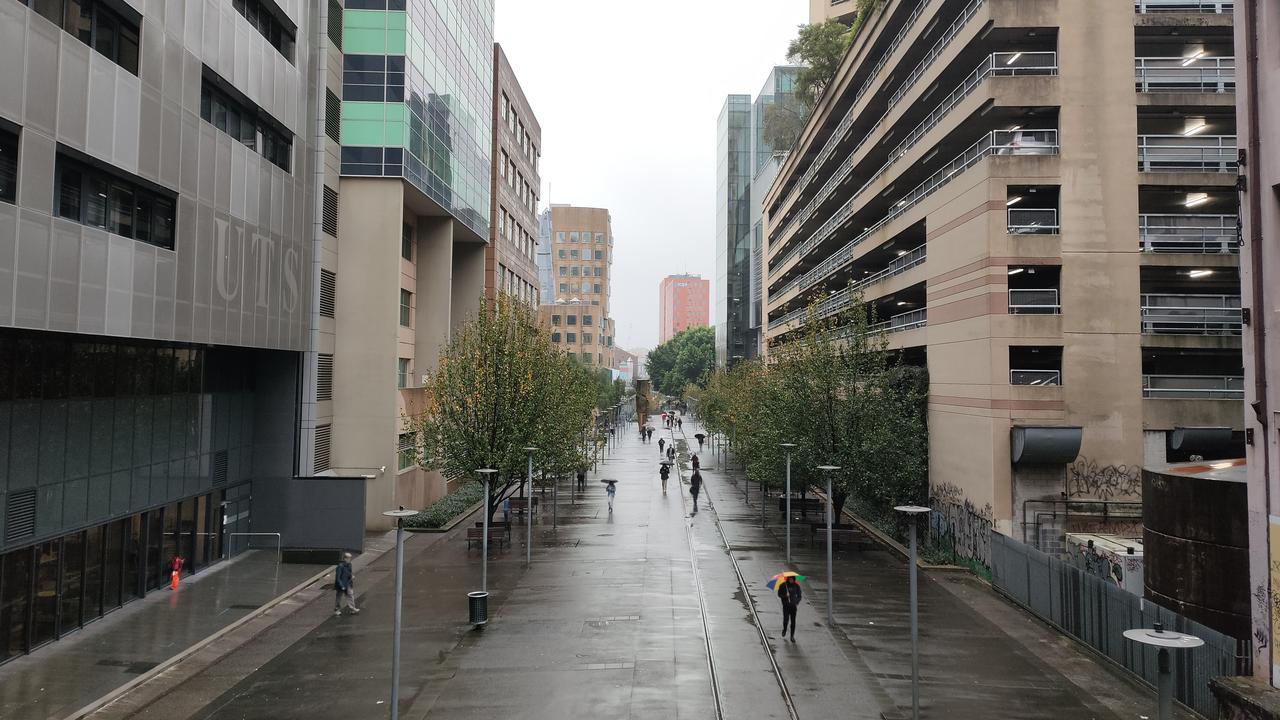
Mixed messages
Changes in government and contrasting views between politicians and health professionals have made uncertainty with Covid common.
Prof Esterman told news.com.au “complacency” and “poor messaging from government(s)” was impacting the public response to the new wave. He said state and federal governments need to provide “way, way better messaging about the importance of booster shots and the importance of wearing masks”.
While mask-wearing is still encouraged for most settings in all Australian states, the easing of mandatory regulations has caused many Australians to stop altogether.
University of Melbourne epidemiologist Bruce Thompson recommends smarter leadership that represents a “middle ground” between health professionals and politicians. To prevent mixed messages, he said “this is where our leaders need to actually walk out on camera with a mask on and then take it off while they speak”.
“It’s really hard to predict how this [wave’s] going to behave … so you need to get the sort of policies in a bit of a middle ground,” Prof Thompson said.
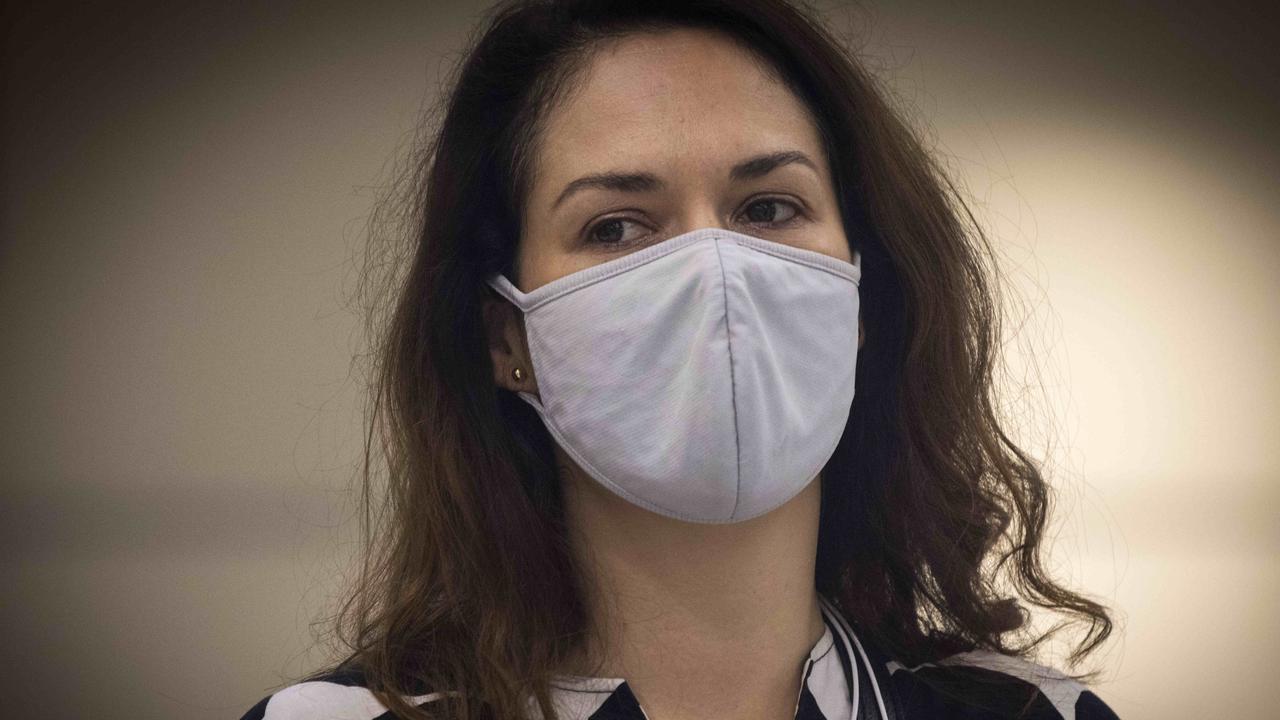
Booster vaccines
More than 95 per cent of Australians have received their second vaccine dose, reaching nearly 20 million people. However, only 70.9 per cent of the eligible population have received three or more doses.
Prof Collignon stressed that “the best protection we’ve got is vaccination”. Yet, third doses have barely increased in recent months.
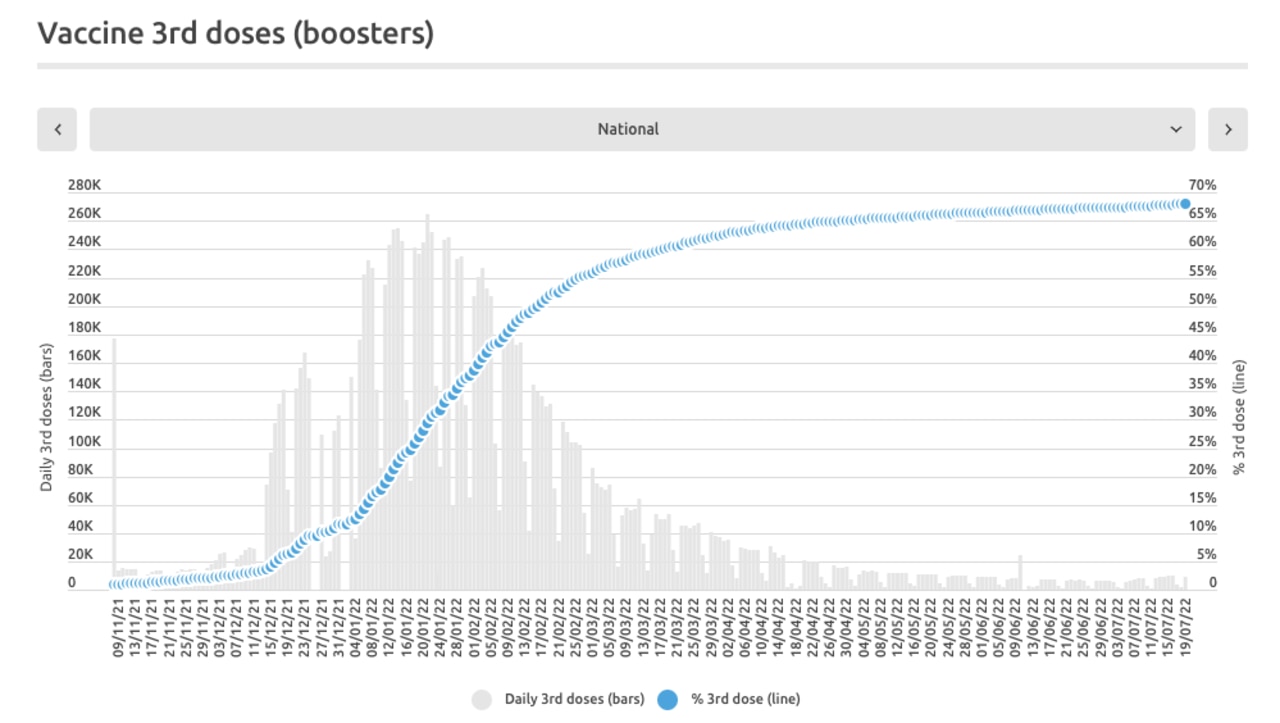
Prof Thompson also explained the very large impact boosters have on hospitalisations and keeping communities safe. The vaccine is “going to be different for every one of the new variants that come out … but it’s still effective”.
“The rules haven’t changed. The virus is still out … we can’t ever forget that” Prof Thompson said.
Prof Esterman attributed the failure to take up boosters in part to the failure of governments to adequately communicate Covid risks.
“We should be spending millions of dollars in advertising explaining to people why these booster shots are so important and why wearing a face mask is so important,” he said.
Our responsibility
The easing of Covid regulations and mandates has pushed responsibility of responding to the virus into public hands, according to Prof Esterman.
“It’s now personal responsibility for people to protect themselves,” he said.
“We pay a lot of attention to making sure we have drinkable water. We should be paying more attention to making sure that we have breathable air.”
Social distancing, mask wearing, hand sanitisation and keeping distance from each other can all help reduce the pandemic impacts. Prof Collignon said that due to the vaccines, “our risk now is much lower as an individual compared to two years ago …[but] the risk overall is bigger”. Therefore, experts strongly encourage performing Covid safety for the benefit of communities and those vulnerable to hospitalisation.
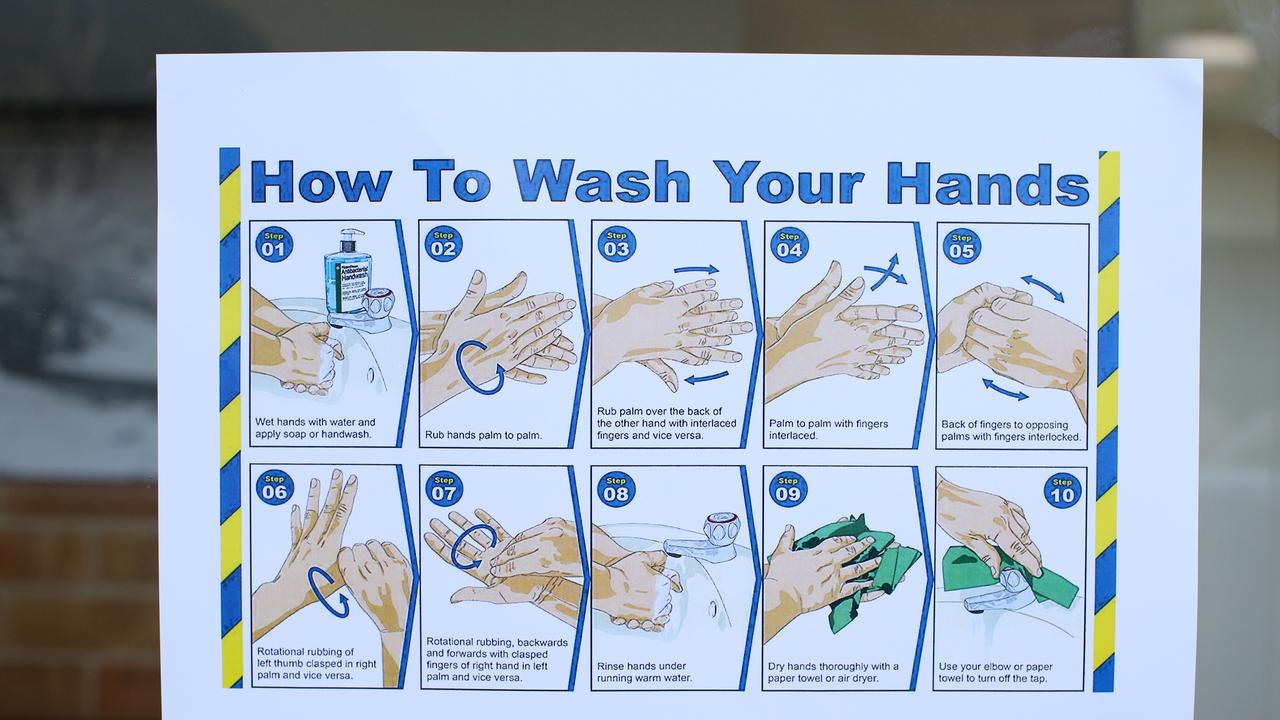
Experts agree there are not only medical consequences to the pandemic, but also social and psychological impacts. Prof Collignon raised the effects of not being able to attend school and learning difficulties, stating that “there’s been huge learning problems and people have really fallen down because of school closures, even though children themselves very uncommonly get serious complications from Covid”.
As Covid cases increase and lockdowns cease, it seems responsibility for safety around the pandemic has become that of the public.



